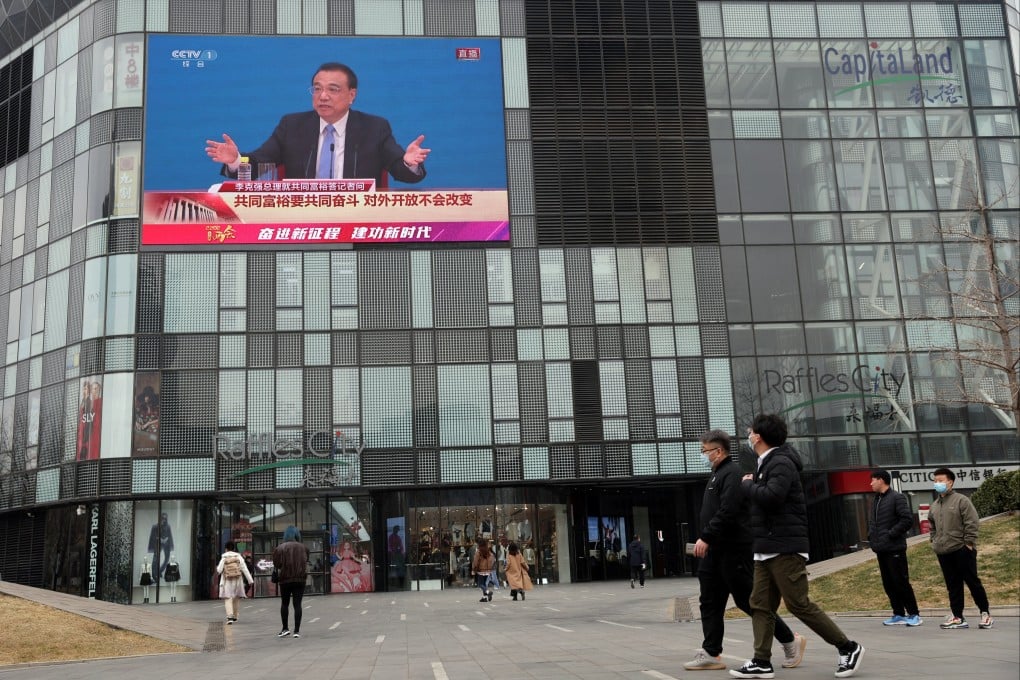Advertisement
Macroscope | As China floods the economy with stimulus to boost growth, can it avoid US levels of inflation?
- While the PBOC resisted following the US Fed in enacting monetary easing at the start of the pandemic, it must now change course to meet its ambitious 2022 growth target of 5.5 per cent
- As the Fed prepares to tighten policy to tackle high inflation, it may be a sign of things to come for Beijing
Reading Time:3 minutes
Why you can trust SCMP
3

A key moment from Premier Li Keqiang’s press conference to end the annual “Two Sessions” legislative meetings was his explanation of the new economic growth target.
While the market expected a figure of 4.5 per cent for 2022, Beijing instead announced a notably ambitious 5.5 per cent target, ahead of my own expectation of 5 per cent.
While light on details, Li indicated that policy to drive growth would include some tax reductions and employment support. Monetary policy will also be central to this effort.
Advertisement
We have already seen substantial divergence in monetary policy between China and the US since the start of the pandemic, but we can expect an even wider gap this year as Beijing policymakers shower the economy with stimulus to meet the government’s high bar, all while the US Federal Reserve tightens monetary policy to tackle inflation.
Two years ago, central banks across the world enacted extraordinary monetary policy to mitigate the effects of the pandemic. Back then, a nascent interest-rate-rising cycle at the Fed came to a screeching halt as the virus spread. Rates were slashed and aggressive quantitative easing was brought back, coupled with large fiscal policies.
Advertisement
These programmes were effective in putting a floor under the financial damage Covid-19 would ultimately cause, but this success was achieved at the cost of inflation.
Advertisement
Select Voice
Choose your listening speed
Get through articles 2x faster
1.25x
250 WPM
Slow
Average
Fast
1.25x
